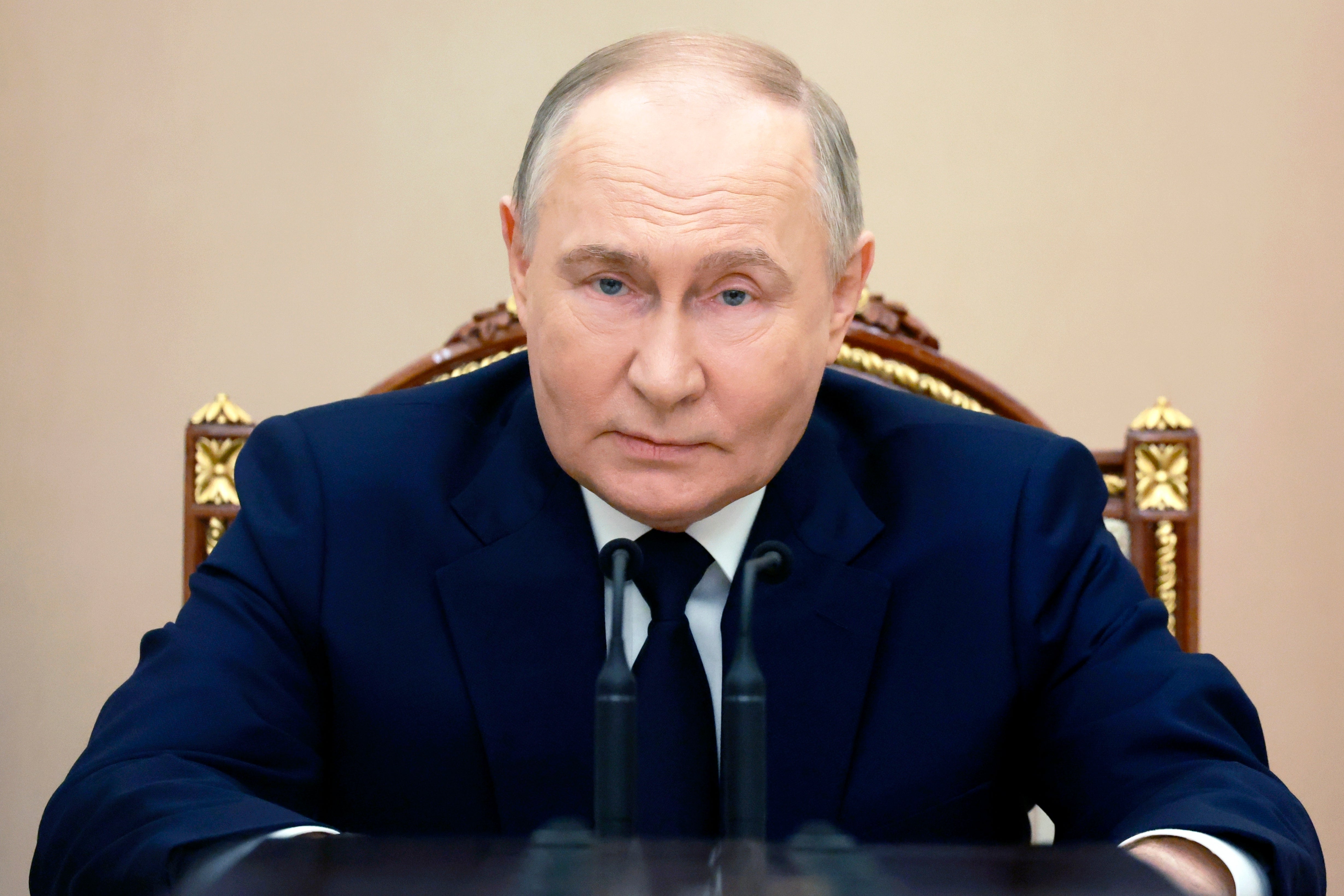Russia begins nuclear drills in response to ‘provocative statements’
It was the first time Russia has publicly announced drills involving tactical nuclear weapons

Russia’s Defense Ministry has said it began a round of drills involving tactical nuclear weapons.
The exercises were announced by Russian authorities this month in response to remarks by senior Western officials about the possibility of deeper involvement in the war in Ukraine.
It was the first time Russia has publicly announced drills involving tactical nuclear weapons, although its strategic nuclear forces regularly hold exercises.
According to the ministry's statement, the first stage of the new drills envisioned “practical training in the preparation and use of non-strategic nuclear weapons,” including nuclear-capable Kinzhal and Iskander missiles.
The maneuvers are taking place in the Southern Military District, which consists of Russian regions in the south, including on the border with Ukraine; Crimea, illegally annexed from Ukraine in 2014; and four Ukrainian regions that Russia illegally annexed in 2022 and partially occupies.
The drills were announced on May 6, with the Defense Ministry saying in a statement that they would come in response to “provocative statements and threats of certain Western officials regarding the Russian Federation.”
Tactical nuclear weapons include air bombs, warheads for short-range missiles and artillery munitions and are meant for use on a battlefield. They are less powerful than the strategic weapons — massive warheads that arm intercontinental ballistic missiles and are intended to obliterate entire cities.
The announcement came after French President Emmanuel Macron reiterated that he doesn’t exclude sending troops to Ukraine, and UK Foreign Secretary David Cameron said Kyiv’s forces will be able to use British long-range weapons to strike targets inside Russia. The Kremlin branded those comments as dangerous, heightening tension between Russia and NATO.
Kremlin spokesman Dmitry Peskov said on May 6 that Macron’s statement and other remarks by British and US officials had prompted the nuclear drills, calling the remarks “a new round of escalation.”
It comes as EU countries formally adopted a plan to use windfall profits from Russian central bank assets frozen in the EU for Ukraine’s defence, the Belgian government said on Tuesday.
The text only needed a rubber-stamp by ministers after EU ambassadors reached the agreement in early May.
A senior Russian diplomat denounced the plan, saying it would have unpredictable consequences, with the EU obliged sooner or later have to return to Russia what it had “stolen”.
Under the agreement, 90% of the proceeds will go into an EU-run fund for military aid for Ukraine against Russia‘s invasion, with the other 10% going to support Kyiv in other ways.
The EU expects the assets to yield about 15-20 billion euros ($16.30-$21.70 billion) in profits by 2027. The assets are gaining exceptional interest, resulting in so-called windfall profits. Ukraine is expected to receive the first tranche in July, EU diplomats said.
The Group of Seven countries (G7) froze around $300 billion worth of Russian financial assets soon after Moscow’s invasion of Ukraine in 2022. Since then, the EU and other G7 countries have debated how and whether to use the funds to help Ukraine.
Subscribe to Independent Premium to bookmark this article
Want to bookmark your favourite articles and stories to read or reference later? Start your Independent Premium subscription today.
